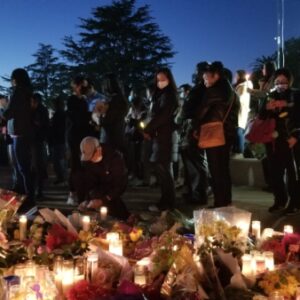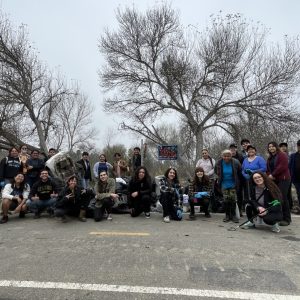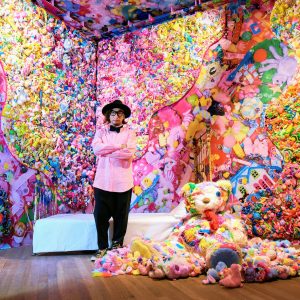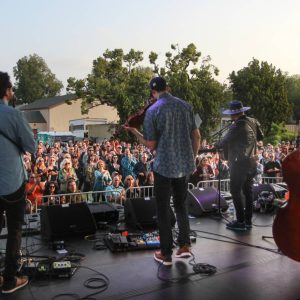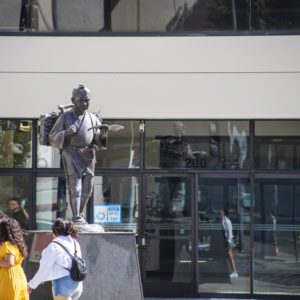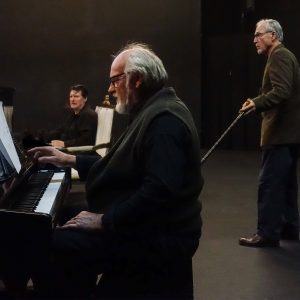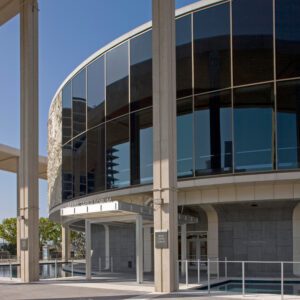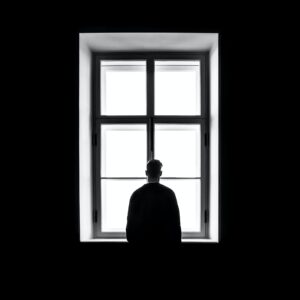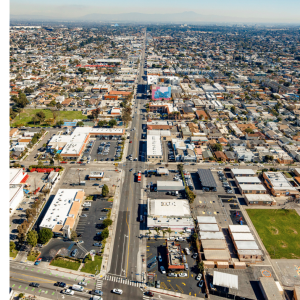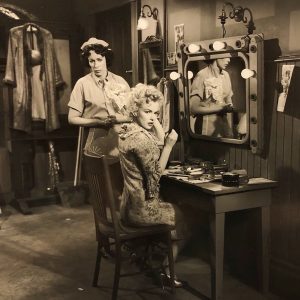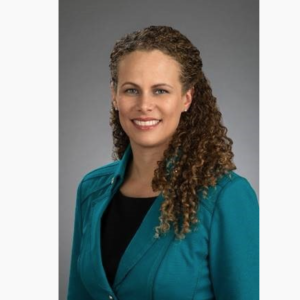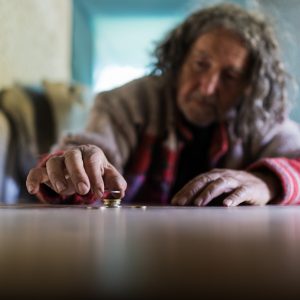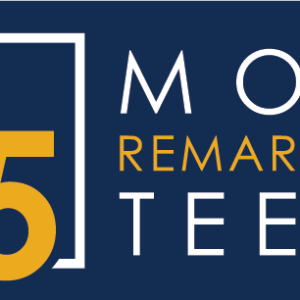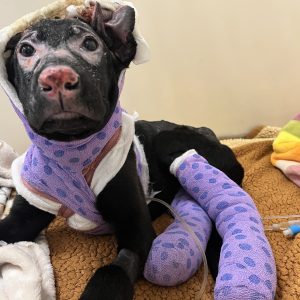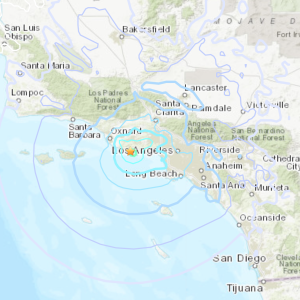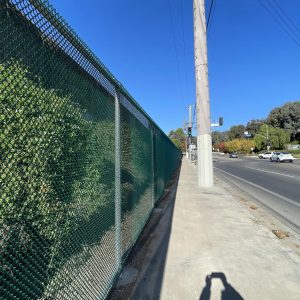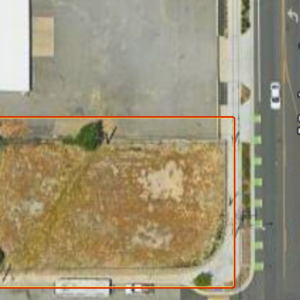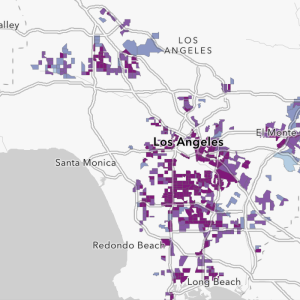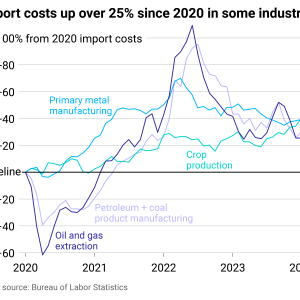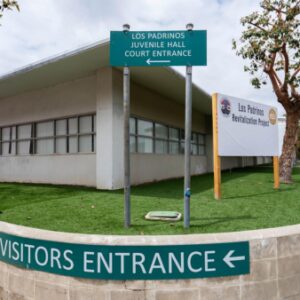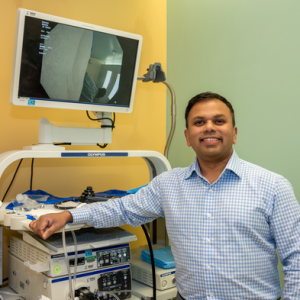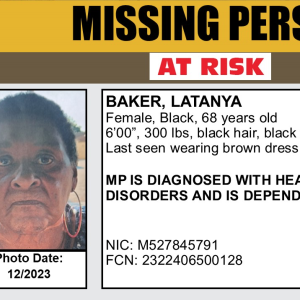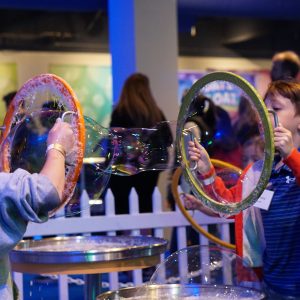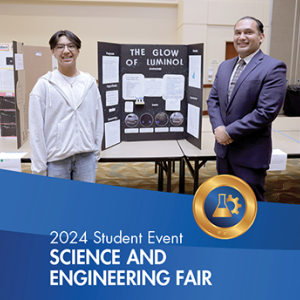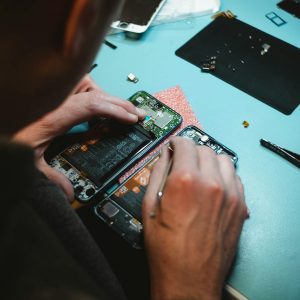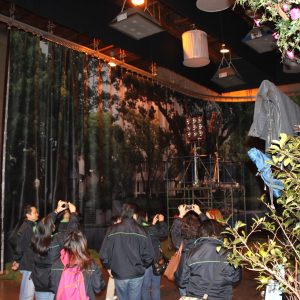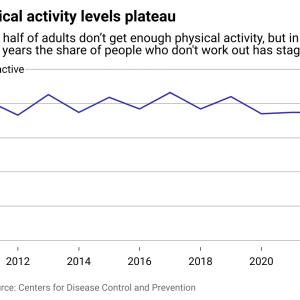 View Winners →
View Winners → 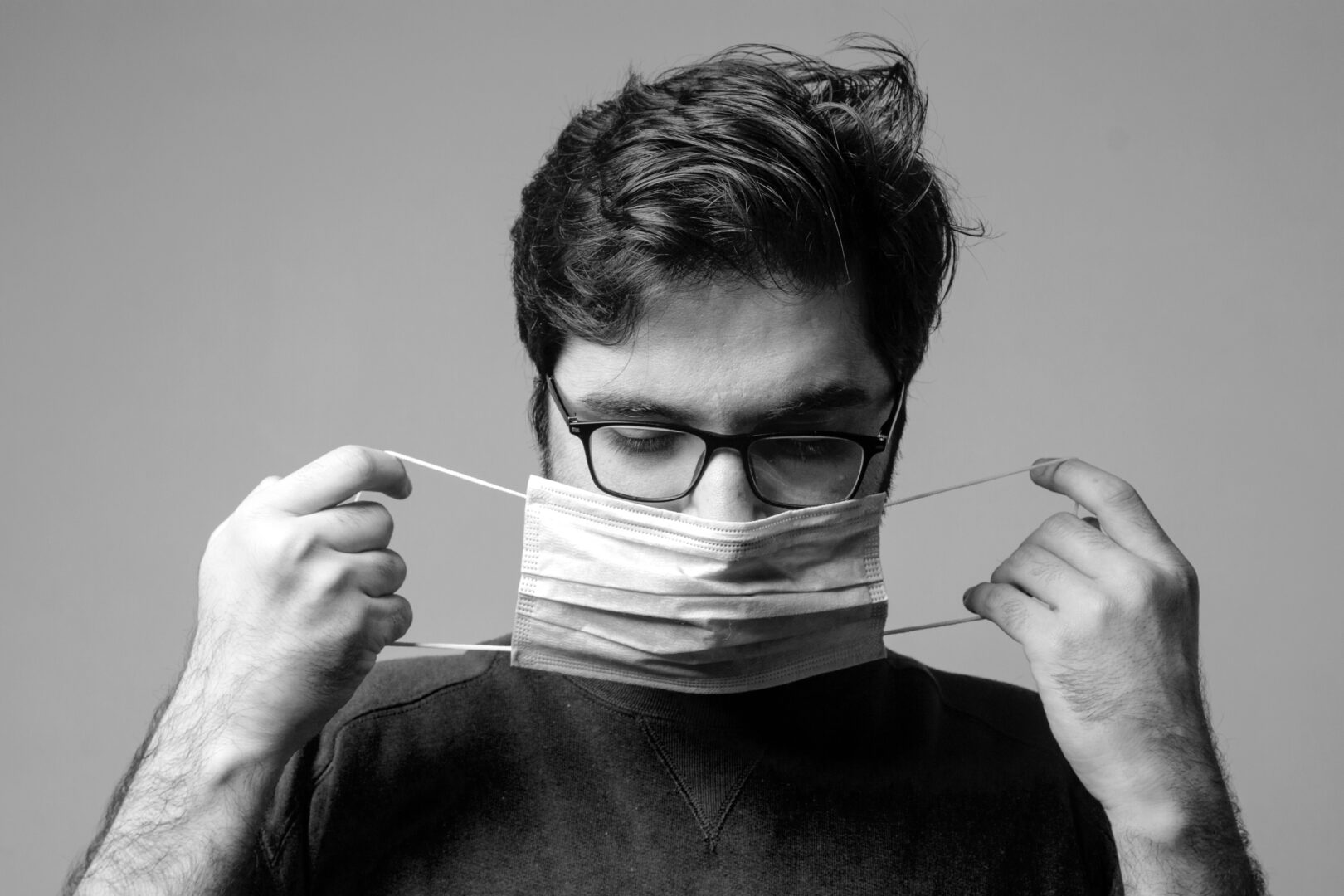
Photo by Usman Yousaf on Unsplash
Infection preventative measures, including high ventilation standards and universal masking, prevented many SARS-CoV-2 transmissions during the height of the COVID-19 pandemic, a UC San Diego-led study published Tuesday revealed.
The study, published in Tuesday’s online edition of Clinical Infectious Diseases, is touted as the first-of-its-kind to use information from electronic health and contact tracing records to closely analyze the genetic makeup of the virus combined with the comparison of how the diverse strains were physically being spread among patients and health care workers in the hospital.
What the data revealed, the authors at UCSD School of Medicine wrote, was that amongst patients who tested positive for the virus, the use of personal protective equipment shielded and virtually eliminated health care associated transmission.
“When the pandemic started, it was scary because initially we did not have rapid diagnostic nor treatments available, and we did not fully understand how the virus was transmitted or if our infection prevention protocols were adequate,” said Dr. Francesca Torriani, senior author of the study and program director of infection prevention and infectious disease specialist at UCSD Health.
“Therefore, the potential implications of the virus and the welfare of our workforce and patients was an utmost concern,” she said. “I witnessed health care workers fearful of contracting the virus at work and potentially infecting their loved ones at home.”
According to the university, the researchers took an approach to evaluate the different variants of virus samples to identify if they were temporarily or physically near one another, suggesting health care transmission. Electronic health record data of patients, whose identities were protected throughout the study, and metadata about staff access and movement to these records, accompanied by a contact tracing program, were used to classify, isolate and assess individuals exposed to specific strains of the virus.
“While the virus strains were very distinguishable in the second and third wave of the pandemic, during the explosive and homogenous Omicron wave, we found that we could not rely on genetic data alone,” said Dr. Christopher Longhurst, co-author of the study, executive director of Jacobs Center for Health Innovation, and chief medical officer and chief digital officer at UCSD Health.
“We had to dive deeper into the electronic documentation and social network analysis, such as individuals with similar virus strains, and considering their physical interaction in the hospital, to determine what really happened and how the virus was being spread.”
The study involved the collection of 12,933 virus samples from 35,666 patients and health care professionals from Nov. 1, 2020 to Feb. 27, 2022.
“Even when hundreds of health care workers were becoming infected every week during the peak of the Omicron wave, we found that they were no more likely to acquire the virus in the hospital system,” said Joel Wertheim, co- senior author of the study and associate professor at UCSD School of Medicine. “The outcomes reveal the hidden patterns of viral transmission.”
According to the authors, the results from both the genetic and social networking analysis showed that while universal masking was key to prevent transmissions, airborne negative pressure rooms, universal N95 respirator masks or even closing the door of a patient’s room were not essential elements to protect against transmission in the health care setting.
Most transmissions occurred outside of the health care setting, physical contact in the community, between households or when universal masking was not followed in the setting of unrecognized SARS-CoV-2 infection. Viral transmission was more likely to occur in shared spaces, such as breakrooms or lobbies.
“Our analysis really highlights that our health care system, with its safety measures including ventilation standards, robust viral testing and early implementation of universal masking, was able to protect health care workers and patients during the pandemic,” said Dr. Shira Abeles, co-author of the study, associate professor in the Department of Medicine at UCSD School of Medicine and infectious disease specialist at UCSD Health.
Longhurst said the type of technological approach used in the study published Tuesday could be a model for future studies and a tool deployed for epidemics of highly contagious infectious diseases.





